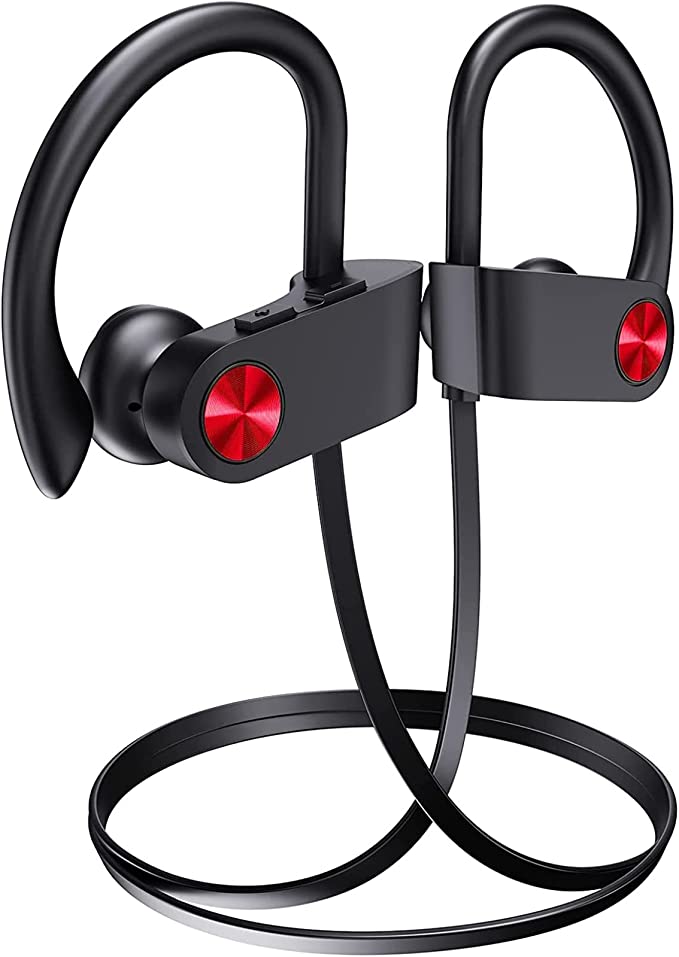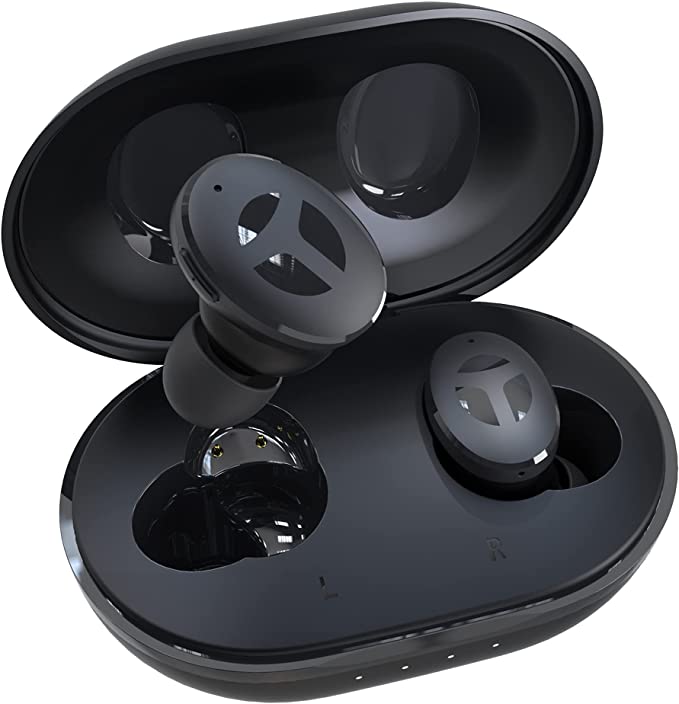The Airship of Sound: Charting the Legacy and Science of the Bowers & Wilkins Zeppelin
Update on July 15, 2025, 2:43 a.m.
Cast your mind back, if you will, to a time around 2007. The cultural landscape of music was defined by the click wheel of an iPod and the ubiquitous white wires of its earbuds. Digital music was liberating, portable, and personal. But for those who yearned for something more, something with substance and scale, the options were limited to a sea of uninspired plastic docks that treated sound as an afterthought. Then, something landed. It was otherworldly, shaped like a futuristic airship, impossibly sleek and finished with the polish of genuine high-fidelity equipment. The first Bowers & Wilkins Zeppelin had arrived, and it wasn’t just another speaker. It was a declaration. It was a beautiful, audacious statement that digital music, our music, deserved to be set free in the room with power and grace.

This was more than just a well-timed product launch; it was the birth of an icon. The Zeppelin’s iconic design was, and remains, a masterclass in the Bauhaus principle of “form follows function.” That distinctive, elliptical shape wasn’t born from a stylist’s whim. It is a direct answer to a fundamental challenge in acoustic engineering: the box. Traditional square or rectangular speaker cabinets are plagued by internal standing waves, as sound energy bounces between parallel surfaces, creating resonant peaks and troughs that color and muddy the sound. The Zeppelin’s continuously curved, non-parallel interior is inherently hostile to these resonances, allowing the drivers to perform their work in a cleaner, more controlled environment. It’s a principle drawn directly from the lineage of Bowers & Wilkins’ legendary studio monitors, the very speakers used to mix and master albums at world-famous studios like Abbey Road. The pursuit of “True Sound”—an uncolored, authentic reproduction of the original recording—was engineered into its very DNA from the first blueprint.
If the first Zeppelin was defined by its physical connection to the iPod, its subsequent evolution is a vivid chronicle of our collective journey into the wireless age. It tells the story of how we listen to music now. As the iPod’s dominance waned, the Zeppelin wisely cut its physical tether. First, it embraced Apple’s AirPlay, offering a first taste of high-quality, lossless streaming over a home network. It was a revelation. But the revolution didn’t stop there. The modern iteration has completed its transformation into a truly autonomous, intelligent streaming powerhouse.
It no longer relies on a host device; it is the source. With integrated Wi-Fi, Spotify Connect, and a dedicated, high-resolution Bowers & Wilkins Music app, it speaks the language of modern streaming natively. Crucially, it solved the Bluetooth quality conundrum. By incorporating aptX™ Adaptive, it offers a high-fidelity wireless connection that is both robust and intelligent. This technology dynamically adjusts the data rate to preserve audio quality when the signal is strong, and ensure stability when the environment is crowded, offering the best of both worlds without a second thought. This journey—from a 30-pin dock to a self-sufficient streaming hub—mirrors our own, a testament to an engineering team that listened not just to sound waves, but to the shifting currents of culture.
Yet, for all its evolution in connectivity, the Zeppelin remains bound by the immutable laws of physics. Creating convincing, full-range sound from a single point requires a profound understanding of acoustics, and a refusal to compromise. This is where we find its beating acoustic heart: a precisely configured five-driver array that functions like a world-class chamber orchestra.

Imagine the two 1-inch Double Dome tweeters, positioned at the far extremities of the chassis to create the widest possible stereo image. These are the agile, brilliant first violins of the ensemble, tasked with reproducing the highest frequencies. Their unique, reinforced dome structure gives them exceptional stiffness, allowing them to render the delicate shimmer of a high-hat or the airy decay of a piano note with breathtaking precision, free from the harsh distortion that can plague lesser designs.
At the core of the performance are the two 3.5-inch FST™ (Fixed Suspension Transducer) midrange drivers. These are the soulful cellos, the storytellers. This is a proprietary Bowers & Wilkins technology where the traditional rubber cone surround is replaced by a narrow ring of foam. This seemingly small change provides superior damping, absorbing stray energy and allowing the cone to deliver the purest possible midrange. It is why vocals sound so present and lifelike, and why instruments like guitars and saxophones have such a rich, authentic texture.
And anchoring it all, providing the unwavering foundation, is the orchestra’s timpani: a formidable, dedicated 6-inch subwoofer. It sits centre stage, a powerhouse engineered to move significant air, delivering bass that is not only deep and impactful, reaching down to a genuinely impressive 35Hz, but also taut, fast, and musical.

The genius, however, lies in the conducting. All this remarkable hardware is governed by a powerful Digital Signal Processing (DSP) engine. This is the unseen maestro, the experienced studio engineer sitting at a vast mixing console. With astonishing speed and precision, the DSP performs a constant, silent ballet of calculations. It seamlessly directs the correct frequencies to the appropriate driver. It applies infinitesimal time delays to ensure the sound from all five sources arrives at your ears in perfect coherence. And, most magically, it employs sophisticated psychoacoustic algorithms, manipulating phase and timing to craft a three-dimensional soundstage that feels vast, detailed, and utterly immersive—a sonic illusion that gloriously defies the speaker’s physical form.
In an era of fleeting trends and disposable technology, the Zeppelin endures. It is a bridge between the dawn of digital music and the zenith of high-resolution streaming. To own one is to own a piece of living audio history, a testament to the idea that truly great design is timeless. It serves as a constant, beautiful reminder that the quest to perfectly capture and reproduce sound within a single, elegant form is one of engineering’s most noble and rewarding challenges. It is, and always has been, an airship of sound, forever charting a course toward the horizon of sonic perfection.












































